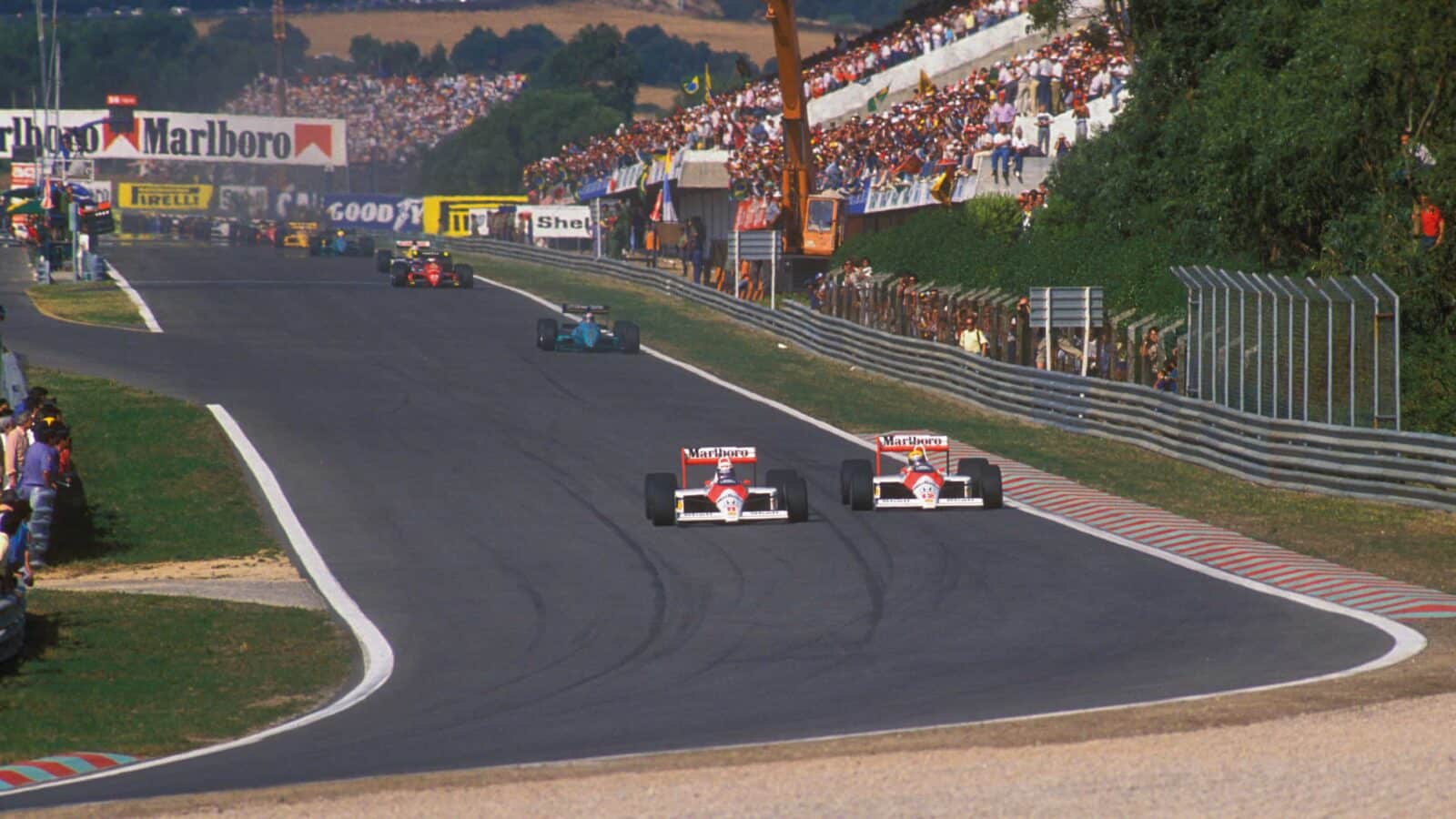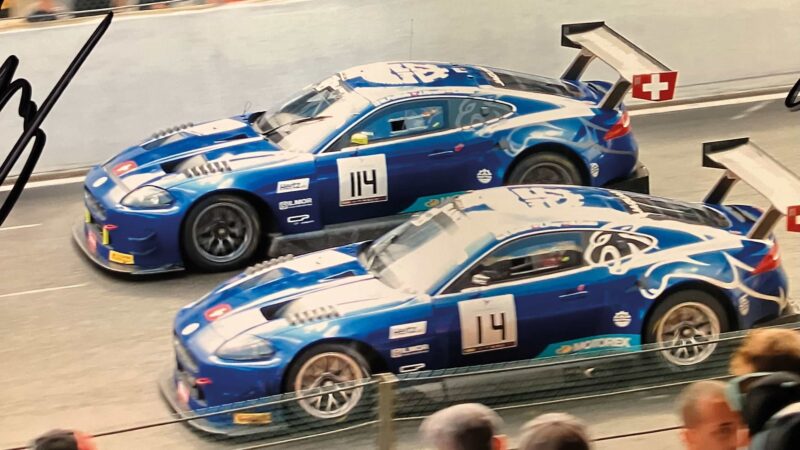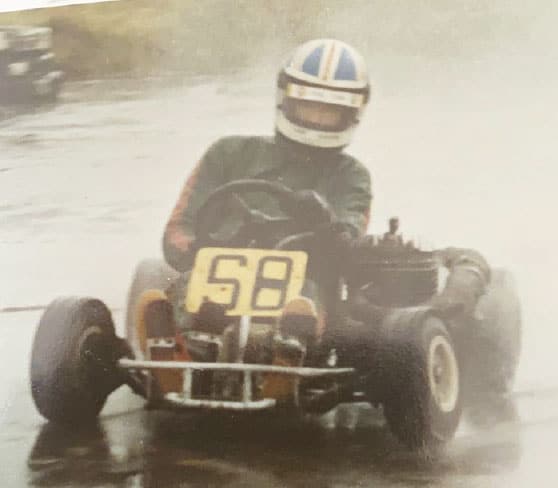Letters - May 2024

Ayrton Senna is passed by Alain Prost – the superior driver, says our reader – at Estoril in 1988
Grand Prix Photo
How delightful to read the interview with Alain Prost [It sounds like a joke but I am completely underrated, March]. I am sure it will relaunch the debate on who was greater between Senna and himself, so let me add my two cents.
There was a period from 1984-1987 when Prost was indisputably the best as well as the fastest. Not many others reigned for a longer period than that. Fangio and Moss perhaps. Schumacher and Hamilton in later years, at a time when careers lasted much longer. The domination of Clark, Stewart or Lauda did not last much longer, if at all. Senna arguably never dominated in the same way as Prost did.
Was Senna faster than Prost? In a given car, without any leeway to improve it, I would say yes. But Prost had the better technical input (the benefits of which Senna also reaped when they shared the same car) and the better racecraft. When Prost switched to Maranello, McLaren’s domination waned while Ferrari reached heights it had not seen for many a year. With Prost in 1993, Williams flourished. With Senna in 1994, it struggled.
For the record, the fact that Prost lost the 1984 title despite having scored two more wins than anyone else is precisely what led to the modification of the scoring system which would come back to haunt him in 1988… So there is a very strong argument that he was robbed of at least one championship.
Finally, Senna was at the root of a dramatic deterioration of driving etiquette. For that alone, I find it hard to acknowledge him as truly great. The manner in which he gambled with other people’s lives disqualifies him as a role model.
Jurriaan Tas, Utrecht, The Netherlands
I have just read the Alain Prost interview in the March 2024 issue and am completely lost as to where Prost is coming from. He says,“It sounds like a joke but I’m completely underrated.”
Underrated? Certainly not in my book. Since retirement he has led a quiet, private life and not put himself about. That’s his choice, but no enthusiast can really underestimate a four-time F1 champion with 51 wins in an era when drivers actually ‘drove’ their cars.
An appearance at the 82nd Goodwood MM (Duke of Richmond take note) pedalling a McLaren MP4 in front of an appreciative crowd might make him re-think.
Denzil Monis, Bristol
I read Gary Watkins’ article about the Jaguar GT3 XKR programme [When Jaguar missed the Apex, March] with great interest. During the period I was general manager of Mountune and we prepared the later race engines. The first suppliers were unable to build a reliable race engine and then I took a very apologetic call from Richard [Lloyd]asking if, despite being rejected initially, we thought we could sort the engine out – in two weeks? My answer was that yes, we would be pleased to give it our best shot and we did in fact meet his expectations for a reliable unit. Not ‘full beans’ at that stage but reliable.
We then worked closely with the engine team at Jaguar who, simply, were superb. Real Jaguar guys who fully appreciated their racing heritage and wanted it to continue.
There were some unfortunate homologation issues that we inherited, namely the intercooler, oil tank and rear tyre width but Apex pushed on and we got Pectel/Cosworth electronics on the car to make it into a raceable package.
Very sadly the programme ran out of steam with the untimely death of Richard in the air crash at Biggin Hill en route to a test. Next morning I looked at the flight plan and realised that myself and two of our staff had been invited on the flight. Fortunately we had made other plans. The team carried on manfully, but without Richard it started to lose impetus.
Later on, in the USA, the Gentilozzi team appeared with grand plans to compete at Le Mans and in the USA with the Jaguar. We had learned a great deal about this fabulous supercharged engine and it was fully reliable so we offered our services to the American team but they felt that they had all bases covered and could produce a race-winning unit for Le Mans. Sadly it was not to be, and so ended a terrific programme.
It’s great to see that the cars will be on the track again.
Roger Allen, Essex

Both Emil Frey Jaguar XKs lasted the distance at the 2016 Spa 24 Hours – finishing side by side
Being a Jaguar fan since my childhood days here in Germany and a Jag owner the last 25 years I enjoyed very much the article When Jaguar missed the Apex. In addition I’d like to point out Emil Frey’s great programme with the XK without any works support in GT3 racing, with drivers like Ortelli and Klien. A fast and competitive car with fantastic V8 sound. Both cars finished the 2016 24 Hours race at Spa-Francorchamps side by side, and I had my picture of that signed by all six GT3 drivers at the Nürburgring the same year.
Carsten Achtelik, HÜnxe, Germany
Your December issue (it takes a while to get to Australia) article on the Aston DP155 GP car [Aston’s grand prix pioneer] mentioned the Maybach of Stan Jones (father of F1 world champion Alan), racing in New Zealand. Maybach III is still running around – I see it at the Phillip Island Classic. It’s a beautiful car, well kept.
Arthur Rosser, a Queensland friend of mine, had a story about the demise of its predecessor Maybach II at the Australian Grand Prix at Southport in 1954. Arthur and a mate of his, young kids, lived nearby. They found a hole in the fence behind trees beside a long straight, where they were the only spectators at an isolated point. Which is precisely where Jones crashed and comprehensively destroyed Maybach II.
As Jones staggered out of the wreckage Arthur’s mate strolled over and asked him: “How do you feel about your performance today, Mr Jones?” As Arthur tells the story, the answer was not very informative.
Owen Rye, Boolarra South, Australia

Inspiration for Nigel Mansell’s racing helmet? Here’s Jon Lanceley’s father karting in the ’70s
It was a surprise to open the March 2024 magazine to see a photo of my late father. A karter in the late ’60s, ’70s and ’80s, he tried his hand in the Renault 5 Cup in 1976, sponsored by many local companies. Years later he and his friend supported my entry into karting in 1995 and then cars in 2000, and briefly in the Clio Cup in 2007. He never missed a race of mine which included various wins at karting, Formula Ford and into saloon cars. After his passing in 2003 we tried to continue racing but it was never the same.
One story of his which I love is that Nigel Mansell’s Union Jack helmet design was an idea taken from my dad’s helmet from the ’70s, painted by his arty brother, when Dad competed at the same kart events as Nigel.
With our racing past long forgotten, seeing this photo has brought much emotion to our family and friends. Thank you.
Jon Lanceley, Gloucester
Colin Goodwin’s Jason Plato interview [“I said to Frank, ‘Please give me a test.’ I even banged on his desk”, March] was great, and made me laugh. The F1 2024 calendar [April] (24 races – ridiculous) was great, and made me laugh. Andrew Frankel’s reviews are the first thing I read in each issue. They are great, and make me laugh.
There is real fun and humour to be had in cars and motor sport, both mostly very po-faced realms. Keep up the good work!!
Hugo Brailsford, crystal palace, london

Toto Wolff’s call for maintaining standards in Formula 1 falls short in the potty-mouthed paddock
There is apparently a saying in Glasgow that if you hear the word ‘f***ing’, it is just a warning that a noun is on the way, and this seems to have spread to Drive to Survive. It beggars belief how these clever and articulate engineers, designers and the vast organisational staff can do all that so well but are apparently incapable of stringing together a single sentence without the f-word and the occasional c-word.
Both Toto Wolff and Zak Brown recently said that the whole sport had a “moral duty” to behave properly to the public regarding the Horner affair; this surely applies to them and their constant use of swearwords.
When you have just stuffed your car into the barrier trying to get second place on the last lap it’s perhaps understandable for the driver at that instant, but not just to “open the f***ing door” or “pass the f***ing coffee”. Surely they can do better than this.
John Dickson, Wrotham Heath, Kent
Diversity in motor sport rightly focuses on the sexist treatment of women. It is also relevant to keep the focus on diversity as seen through the lens of race and region, not just colour. F1, as elsewhere, seems to have fallen down the rabbit hole of conflating these, perhaps because of the well-earned visibility of Lewis Hamilton. If multicultural opportunity was the yardstick then what about Albon, Zhou and Tsunoda? What about the lack of South American, African or Indian drivers?
All these under-represented areas have much to offer in terms of talent and indeed have their own colonial pasts. So let’s have diversity conversations reflect that.
Steve Singleton, Ilkley, West Yorkshire
Contact us
Write to Motor Sport, 18-20 Rosemont Road, London, NW3 6NE or email, [email protected]
